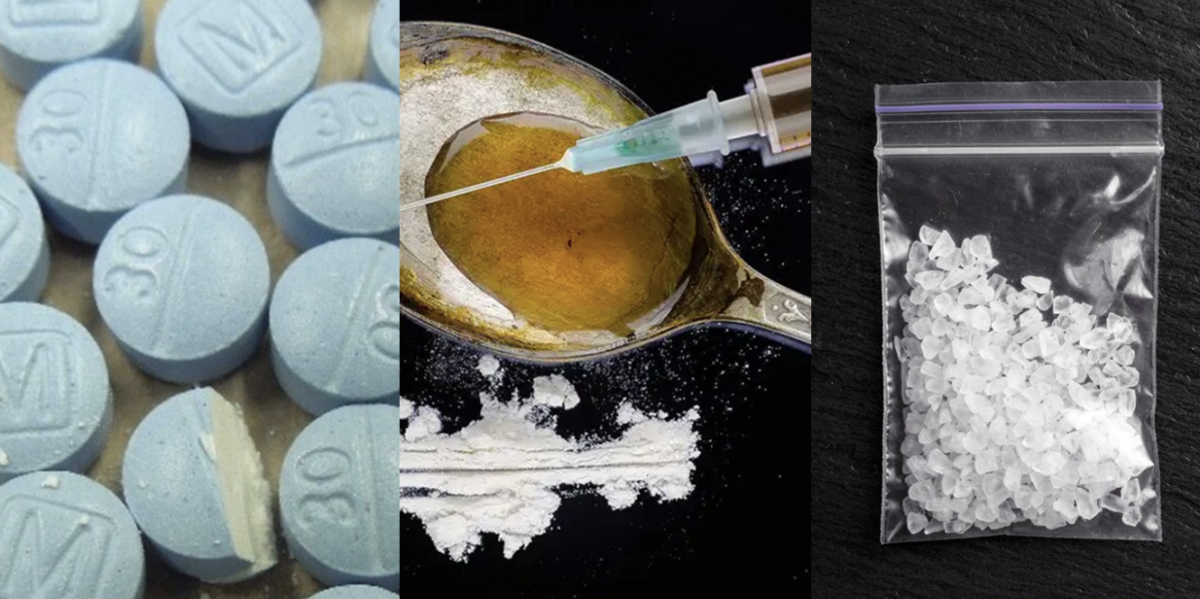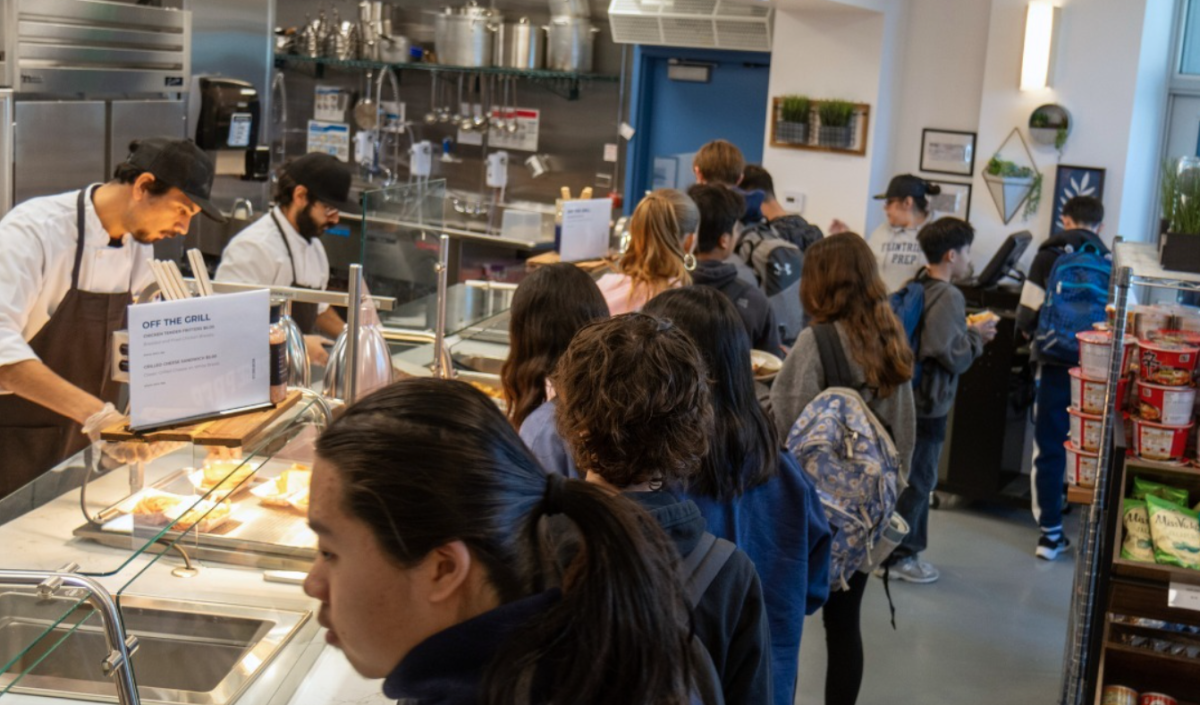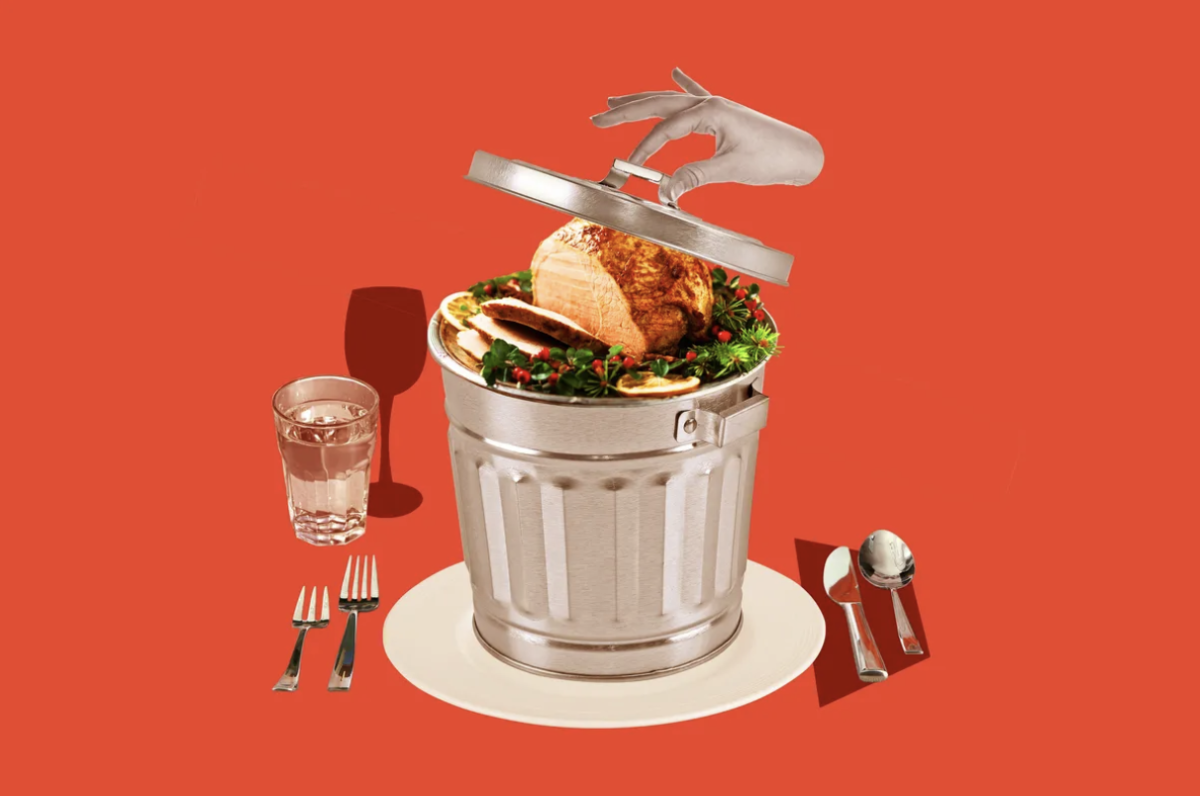The opioid crisis and overdose epidemic in America is ongoing and began in the 1990s. The first wave of overdose deaths caused by an increase in prescription opioids was followed by the second wave of heroin-involved deaths in 2010. Finally, we reached the third wave in 2013 when synthetic opioids, primarily fentanyl, overtook drug trafficking in America and became the leading cause of overdose deaths in 2022, with 80,411 reported overdose deaths.
Opioids are used as an analgesic, or pain reliever, and people can easily develop a physical dependency on them. What sets fentanyl apart from other opioids is that not only are they highly addictive, but they are also the most lethally potent, being up to 50 times stronger than heroin and 100 times stronger than morphine. Smaller doses of fentanyl trigger the same release of endorphins (hormones that boost feelings of pleasure) as larger doses of heroin do.
The critical problem in this crisis lies in the distribution of opioids. Illegal fentanyl is sold discreetly in either powder or pills that resemble real prescription opioids. Because fentanyl is cheap to produce, drug cartels mix it in with cocaine and heroin to increase their potency. These drugs are often laced with lethal amounts of fentanyl that cause users to overdose. Additionally, inconsistency of dosage amounts in tablets makes taking them in pills even riskier — one tablet could have moderate effects on your brain’s reward center, and another could prove fatal.
Recent panic leading up to Halloween about “rainbow fentanyl” this past fall spread through the country. Although “rainbow fentanyl” appeared to be disguised as colorful candy for children, authorities and drug experts attempted to reassure the public of the unlikelihood that they were meant to target children. Regardless, many parents saw this as a perceived threat and were extra cautious throughout October.
A drug campaign targeting children may be unlikely, but fentanyl evidently has impacted the teenage demographic. Deaths among teenagers from fentanyl overdose have surged, going from 253 in 2019 to 884 in 2021 according to a study by JAMA. After so many overdose deaths of young teenagers over the past four years, the public’s eyes now turn to social media.
Teenagers throughout the U.S. are using the platform Snapchat to contact dealers for drugs. Parents and families who have lost their children are devastated and desperate to get justice, taking legal action and filing lawsuits against Snapchat. However, social media platforms are protected from most lawsuits by Section 230, a law that declares them not complicit in any criminal activity linked to the content created by users on their platform. Critics argue that drug dealers are taking advantage of social media privacy features such as “disappearing messages” to reach younger buyers and make opioids more accessible to them.
With such a widespread, multi-faceted problem, there is much work to be done to stop the fentanyl epidemic. The Centers for Disease Control and Prevention continues education campaigns to increase awareness while the federal government grants funding to states for overdose prevention and treating addiction.
https://www.cdc.gov/stopoverdose/fentanyl/index.html
https://nida.nih.gov/research-topics/trends-statistics/overdose-death-rates
https://www.statnews.com/2016/09/29/why-fentanyl-is-deadlier-than-heroin/
https://windwardway.com/substance-abuse/fentanyl/lethal-dosage/
https://www.nytimes.com/2022/05/19/health/pills-fentanyl-social-media.html














